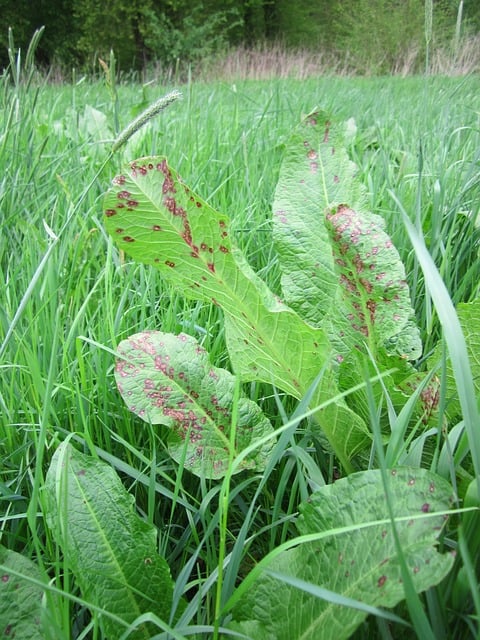6 tips to help you keep on top of the weeding this spring
Spring is now well underway and everything is growing fast, weeds included. Weeding now stops weeds getting well established. It makes all the difference! Here are six tips to help you.
1. Know your enemy
A regular stroll around your garden will show you where the weeds are and where action is required. Get to know what’s going on and you’ll be able to keep ahead of the weeds.
Your first solution should be hand weeding. It’s a good way of learning about weeds: recognising them, understanding how they grow (see Alan Titchmarsh's video about annual and perennial weeds here) and how to get rid of them quickly.
Gardeners’ World has advice on getting rid of individual weeds.
2. Assemble your weeding tools
These could include:
- Dutch hoe
- hand fork
- hand trowel
- something with a sharp edge – I use a sharpened old table knife
- something long and thin - I use an old long screwdriver.
3. Hoe before or just as weeds emerge
If you hoe when you can't see any weeds, you'll never see any weeds.
That’s because most weed seeds germinate in the top 5cm / 2” of soil. Tackling weeds as they emerge means you can stop them before they set seed and get out of hand. Sharpen the Dutch hoe and push it along just under the top of the soil. Tickle the soil.
Standard advice is to hoe in the morning, on a dry day, and leave the weeds on the surface of the soil to dry out and die before raking them up.
(Don’t abandon weeding if the weather is wet, though, as the weeds will be growing fast. Damp weather actually makes it easier to pull up weeds.)
4. Continue to eradicate perennial weeds
Perennial weeds like dock and buttercup come up year after year. Some of them, like dandelions, have long taproots that go down, down, down. Try to get each little bit of the root right out of the ground because they are all very keen to shoot again. Loosen the soil around the root - I use my long screwdriver but a gardening knife or a tool with a small V-shaped end also work – and then gently pull it up and out, applying a little pressure on either side of the stem with the tool. Shake off the soil and put the weeds in a bucket of water to rot or in the council bin for recycling garden waste.
5. Weeds in cracks in paving stones
Cut weeds out from between stones and bricks using a garden knife. I also pour boiling water over them. This simple method works well, especially on smaller weeds.

Dandelions grow anywhere © Christine Westerback and licensed for reuse under Creative Commons Attribution-ShareAlike 2.0 Generic licence.
6. Consider having a wild area
Many weeds are beneficial to wildlife and you may want more of that in your garden. Nettles, for example, are the food plant for caterpillars of the red admiral, comma and small tortoiseshell butterflies.

Caterpillars of the small tortoiseshell butterfly (Aglais urticae) feeding on nettles. By B kimmel. Licensed under the Creative Commons Attribution-Share Alike 3.0 Unported licence. Wikimedia Commons.
Time spent weeding is time well invested, in my book.
Sign up for our emails below, so we can send you blogs on gardening tips, as well as updates on our sales, so you don’t miss out on those garden furniture bargains!











